Neck Pain
Posted on March 19th, 2019 by Andries Lodder
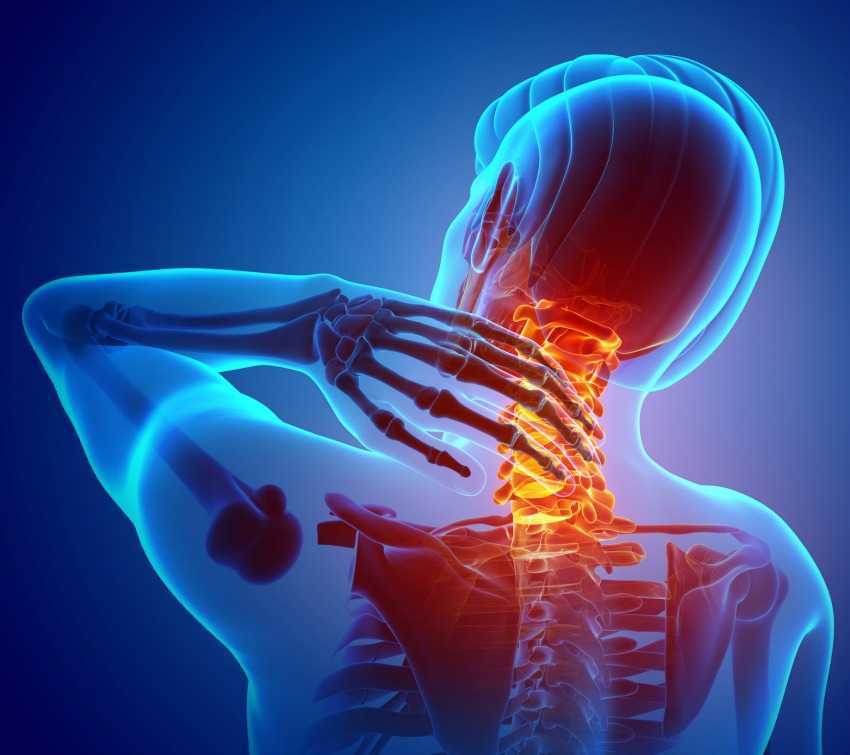
Neck pain is becoming an increasing problem amongst the population. Various factors are contributing towards neck pain which will be discussed and some tips will be provided on how to prevent and deal with it.
The Neck:
The neck is made up of a series of vertebrae which extend down from the skull to the upper torso. Between the vertebrae are intervertebral discs which serve as a shock absorber, allowing for motion within the spine. Within the vertebrae is the spinal column – a cord of nerves that send signals from the brain to the rest of the body, creating movement.
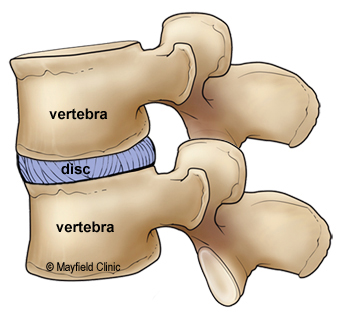
Causes of neck pain:
- Muscle tension and strains – Overuse of the neck muscles may cause pain and tension. Activities such as working at a desk for too long, sleeping in a bad position, gritting your teeth and bad posture may all contribute towards neck pain.
- Posture – one of the biggest contributing factors towards neck pain. It often places excessive stress on the cervical spine, straining the muscles and causing deviations of other regions of the spine and body. The misalignment often leads to injuries and pain.
- Injury – The neck is particularly vulnerable to injury during, accidents, falls and sports where the neck is forced to move outside of its normal ranges. Injuries can vary in seriousness; from acute whiplash to varying degrees of paralysis if the spinal cord is damaged.
- Illnesses – Meningitis, cancer, infections and various other illnesses can contribute towards neck pain.
- Bone diseases – Osteoporosis, rheumatoid arthritis and spondylosis are just some bone diseases which may predispose an individual to neck pain.
- Nerve compression – Herniated discs or bony spurs in the vertebrae of your neck can press on nerves branching out from the neck, causing pain in the neck or referred pain.
Prevention:
- Good posture
- Take frequent breaks from work and strenuous activities
- Establish good ergonomics
- Avoid carrying heavy bags over one shoulder
- Sleep in a good position
- Wear protective gear when necessary
- Keep active
- Stretch your neck slowly and correctly
How to train your postural muscles:
- When doing any exercise, especially with the upper body, learn to set the shoulders and exercise in this position.
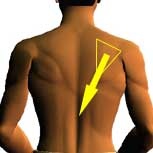
– Lift the shoulders up and back (squeezing the upper back muscles) and slowly lower the shoulders in this pulled back position.
- Seated rows.
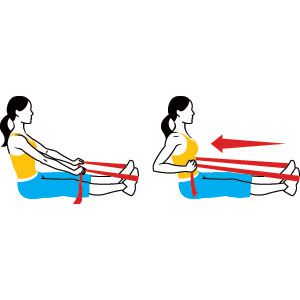
– In a seated, upright position, wrap a theraband around the feet (alternative to using a machine). After setting the shoulders, keeping the back upright, pull the elbows backwards.
– Keeping the elbows tucked in towards the body, palms facing up and squeezing the upper back.
- Internal and external rotation of the shoulders.
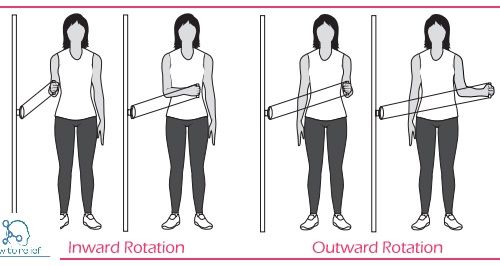
- Standing/seated, shoulders set, using a resistive device. With external rotation, keeping the elbows squeezing the side of the body, rotate the arm outwards, against the resistance (resistance will travel across the body).
- For the internal rotation, keeping the elbows squeezing the side of the body, rotate the arm towards the body (the resistance will travel towards the body).
- Arm wall slides.
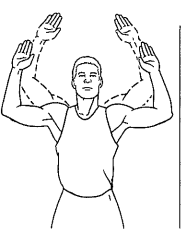
- Standing with your back against the wall, feet slightly away from the wall. Bend the knees slightly and press the lower back into the wall. Keeping this position, raise the arms to 90 degrees and bend the elbows to 90 degrees. Slowly slide the arms up and down the wall, keeping the assumed position.
- Thoracic mobilization stretch.
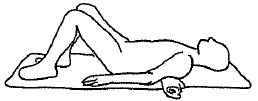
– Lying supine on the floor or hard surface, place a rolled up towel under the back at chest level. Keeping the legs straight and pressing the lower back into the floor raise the arms and elbows to 90 degrees. Slowly try press the forearms back towards the floor, preventing the back from arching.
– Lie in each position for 1 – 2 minutes thereafter moving the towel slightly higher towards the neck.
What to do?
If you are experiencing neck pain, have experienced neck pain or want to prevent neck pain, contact us and let us help you. We can assist in stretching and strengthening of the neck muscles, help with posture and provide guidance for day to day activities to prevent pain.
Tweet